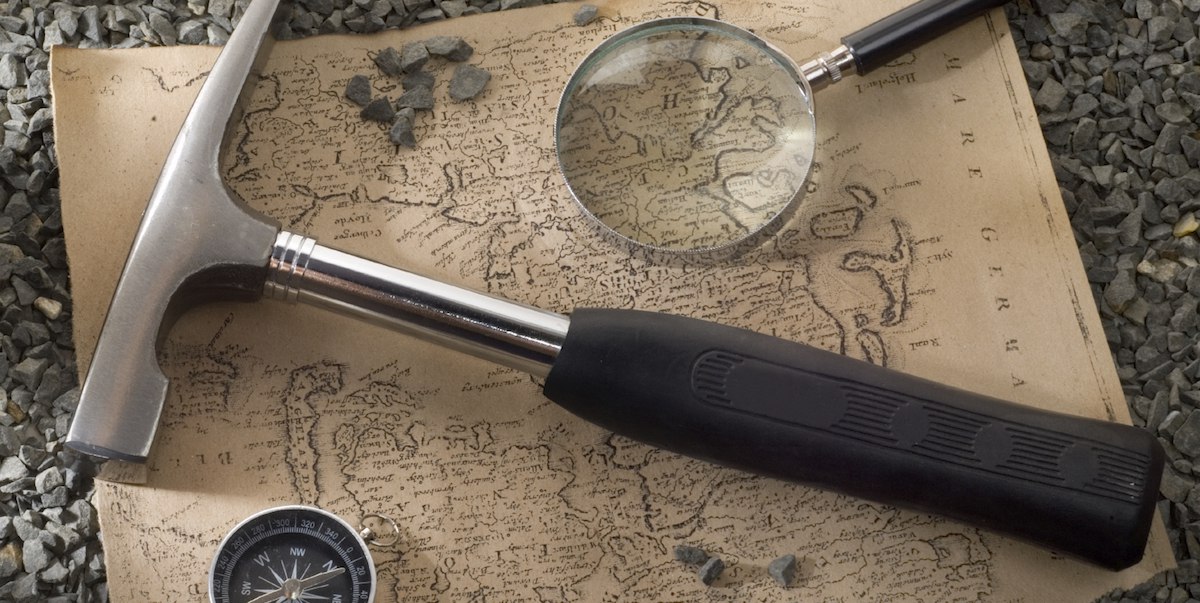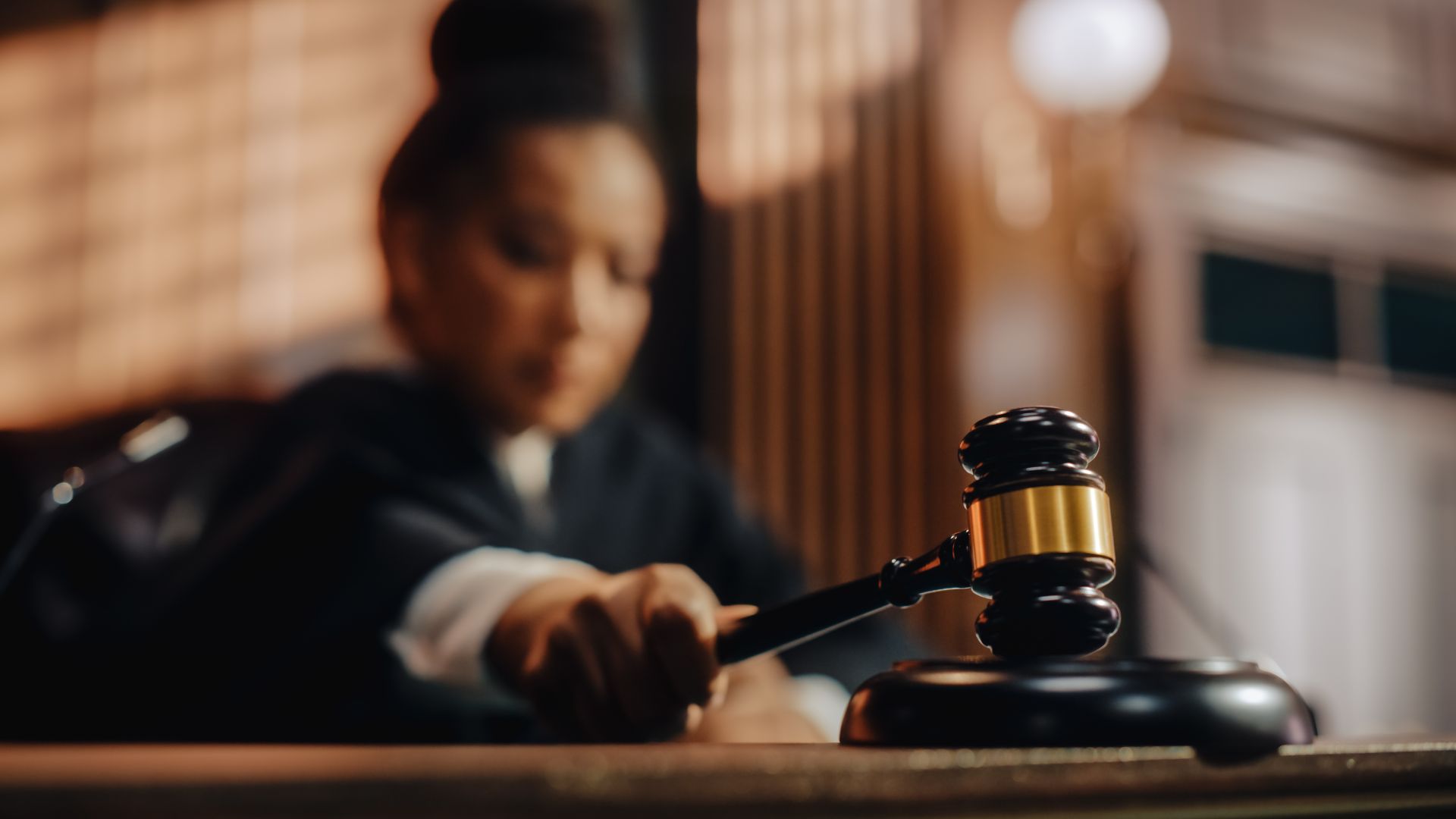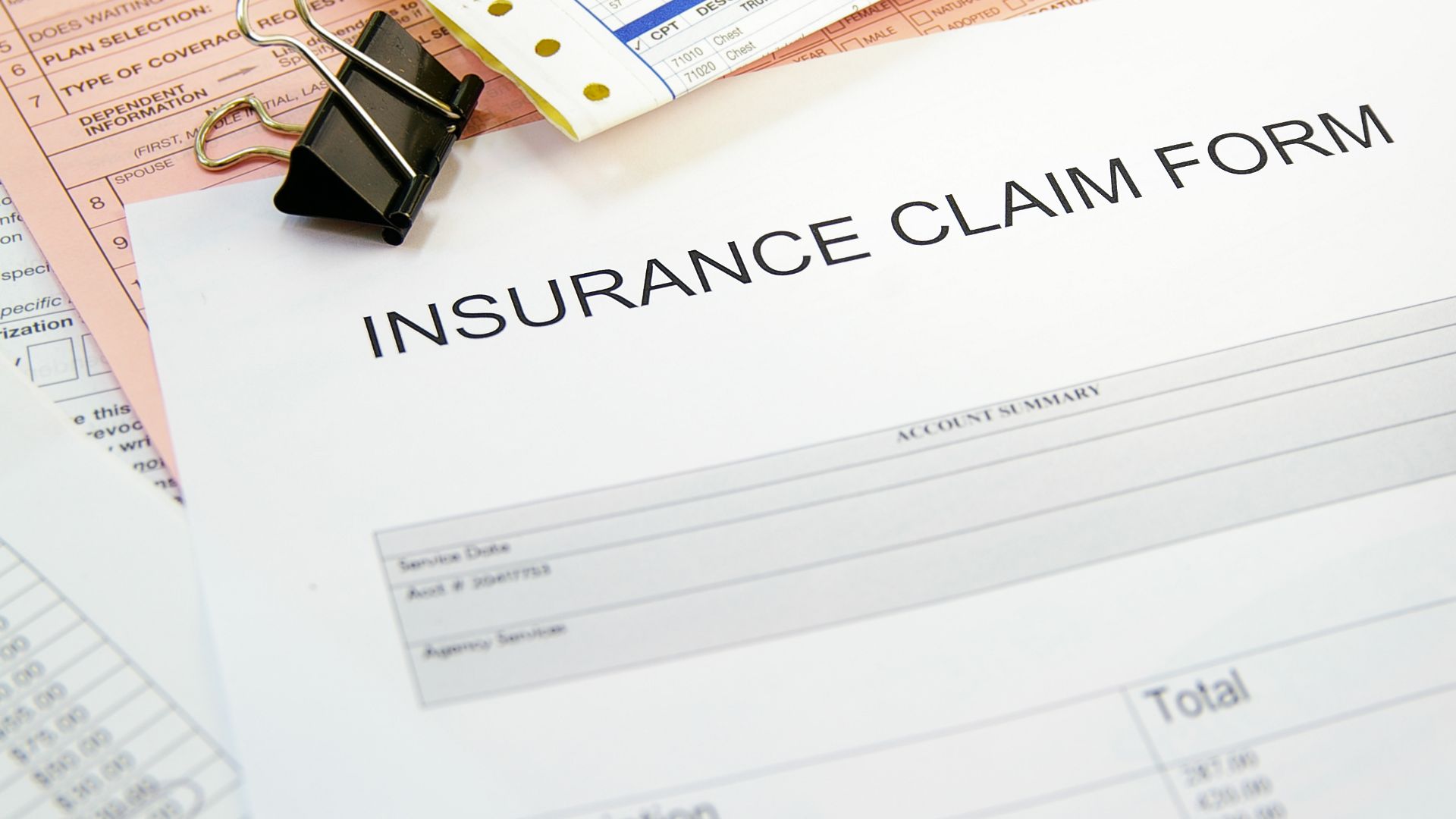The dry cleaning business model presents a unique blend of opportunities and challenges. On the one hand, a well-established dry cleaning business can provide a solid customer base, predictable revenue, and the potential for expansion and innovation, particularly with the growing trend toward eco-friendly cleaning methods. However, buying a dry cleaning business can become complicated … Read more
 Clarity Support
Clarity Support
In the most general terms, insurance archaeology is the digging up of old insurance coverages for customers, primarily businesses, whose historical insurance records may have been lost or destroyed. By piecing together a business’s historical insurance portfolio, insurance archaeologists help their clients understand the full extent and limits of their liability coverage. Unexpected effects of … Read more
Securing Commercial General Liability (CGL) insurance is a fundamental risk management strategy available to business owners. This type of insurance is designed to protect businesses from financial losses due to property damage, bodily injury, and various other risks that can occur. CGL limits are the maximum amounts an insurance company will pay out for claims … Read more
Perchloroethylene (PCE) is a chlorinated solvent used for its effective degreasing properties. While it has been instrumental in the operations of dry cleaners, manufacturing plants, and numerous other sectors, its misuse or improper disposal poses significant threats to the environment and, consequently, to the businesses that rely on it. The challenge of PCE contamination is … Read more
Understanding the roles and responsibilities of various regulatory and investigative entities is crucial for your business’s future. Among these essential figures is the Environmental Investigator—a professional who addresses environmental concerns related to business activities. Businesses across all sectors can find themselves under the scrutiny of these investigators, making it essential for business owners to understand … Read more
Choice of law clauses determine the jurisdiction that will govern an insurance contract and any disputes arising from it and can significantly influence the resolution of claims. The differences between legal systems and their interpretations of the law mean the financial health of a business could depend on laws from an unfamiliar jurisdiction. It is … Read more
As accountability for environmental concerns grows, small business owners navigate a minefield of potential pollution liabilities, once only a concern for large corporations or hazardous industries. Environmental pollution insurance protects businesses from the financial damages brought on by land pollution incidents, from accidental spills to long-term environmental damage allegations. It is crucial to regulatory compliance … Read more
Environmental insurance offers businesses protection against unexpected environmental liabilities stemming from their operations. This insurance is essential for small business owners, who may lack the financial buffer to efficiently handle environmental cleanup costs, legal fees, and related expenses. This article will explore the nuances of environmental insurance claims, providing small business owners with a basic … Read more
Insurance liabilities can arise in many forms, often appearing unexpectedly and long after the events that triggered them. These liabilities can create substantial financial problems related to various issues, including product liability claims, workers’ compensation cases, environmental remediation, and other forms of legal and regulatory compliance. The cost of these liabilities can easily threaten a … Read more
Commercial General Liability (CGL) Insurance is the first defense against many common business liabilities, especially in industries with a high risk of physical injuries and property damages. It also plays a vital role in defending against other liabilities for business operations in sectors such as construction, manufacturing, or waste management. Purchasing General Liability Insurance provides … Read more











